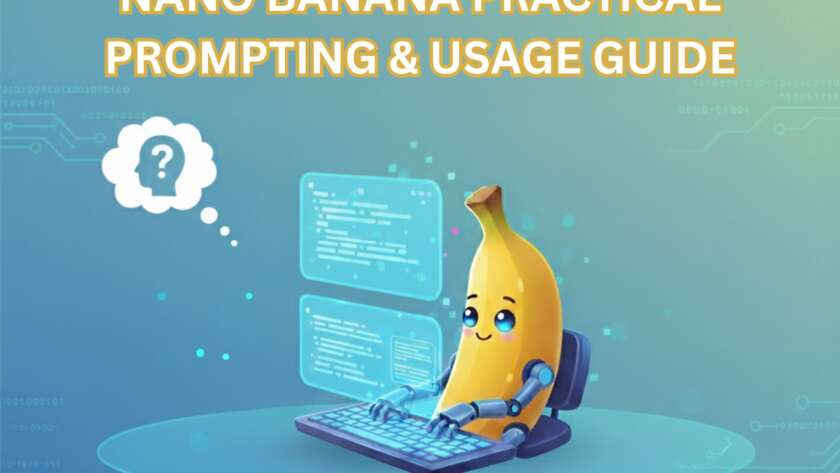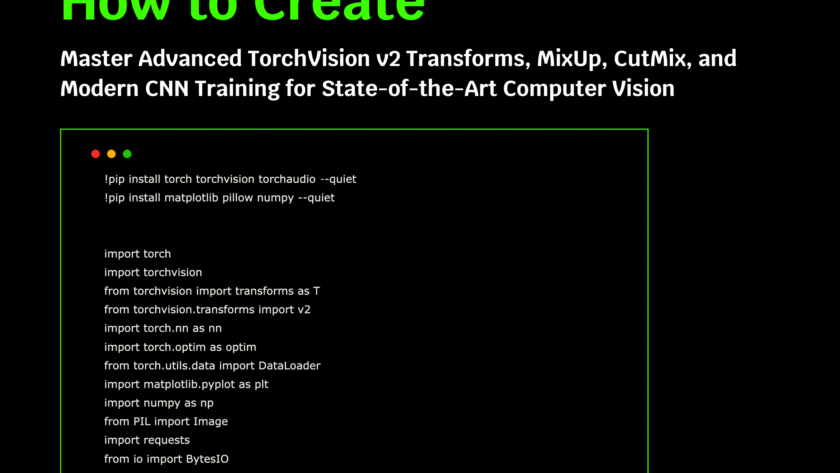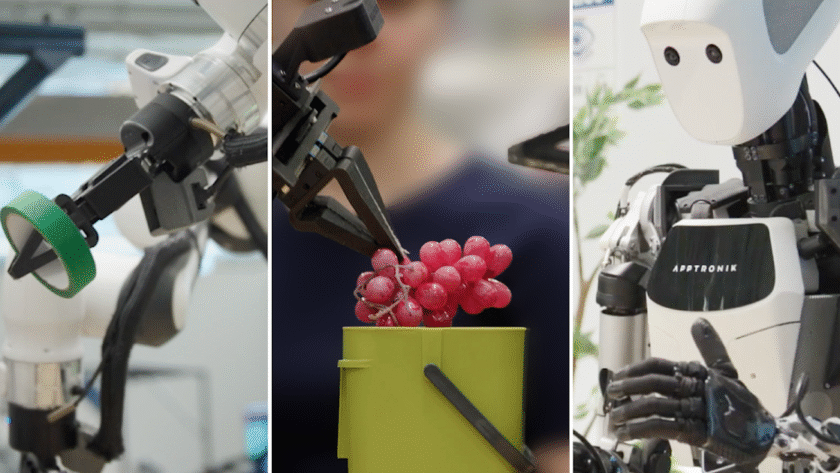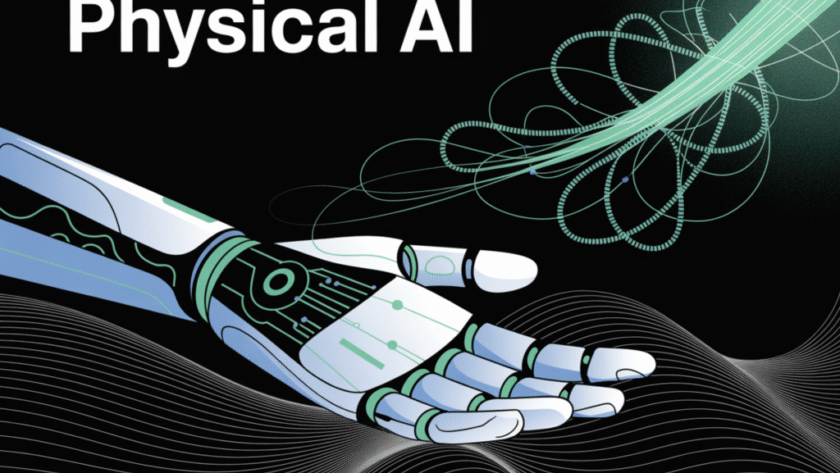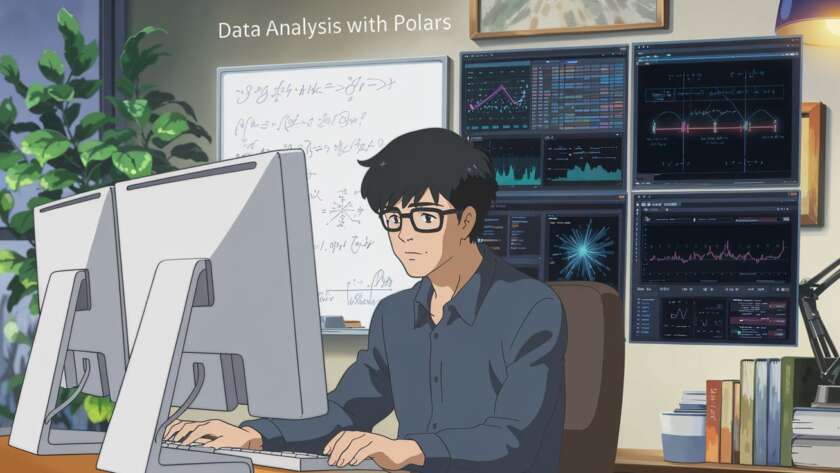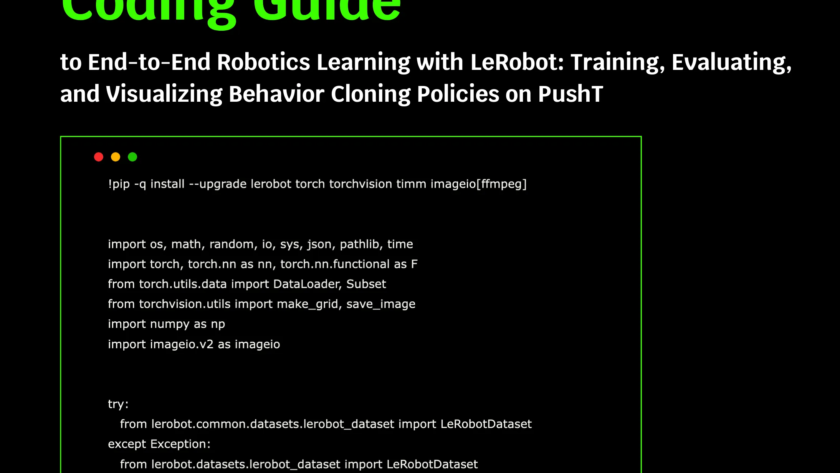We’re expanding our risk domains and refining our risk assessment process. AI breakthroughs are transforming our everyday lives, from advancing mathematics, biology and astronomy to realizing the potential of personalized education. As we build increasingly powerful AI models, we’re committed to responsibly developing our technologies and taking an evidence-based approach to staying ahead of emerging…




